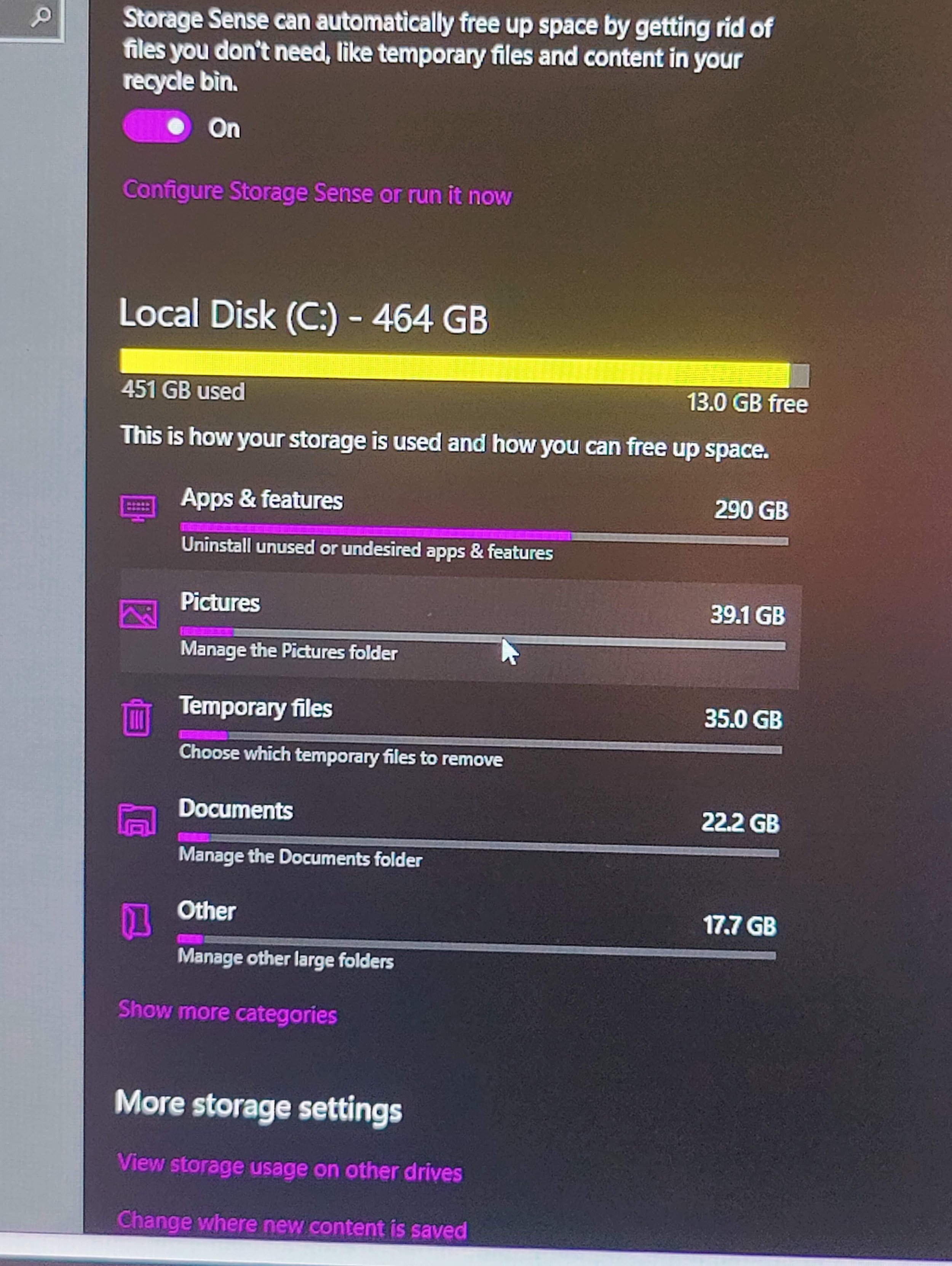Repurposing tech into a Virtual Private Cloud ⛅
What is NAS?
A Network Attached Storage (NAS) device connects to my router, making it accessible to all the devices on my network instead of just a single machine. Better yet, it can be accessed away from home should I want - making it easy to retrieve files or even stream movies whilst on the move.
In other words, NAS setups are a private cloud
-
The key is to have my router with a built-in Ethernet switch.
I used FreeNAS. A free, open-source operating system that converts my old laptop into a network-attached storage device
I flashed a FreeNAS image onto a USB to boot from my laptop’s free disk
-
Booting the FreeNAS installer and go through the wizard/installation process.
Set-up the authentication & authorisation
Used the ZFS Volume Manager to create a partition
Made the new storage volume accessible over the network.
I’m using the CIFS protocol for Windows which shows up the partition just like any other regular shared folder in file explorer.
Start saving space!
-
I churn through a fairly large amount of data - so I was already close to filling up my PC’s storage. Also, I pay a monthly subscription to Google Cloud to synchronise all my Android footage under one roof - but even then, 100GB seems a little slim.
But now, I have 1TB of private cloud storage all available for me on my local network!
It’s where I’m keeping my backups and media-intensive files. It’s an archival solution which I’ll be using for years to come.
-
Well, I’m unlikely to ever use this Toshiba laptop again. The hardware is too bloated to ever become productive again.
Nevertheless, this is a great solution which tests my cloud skills.
Also, I recently won a competition through the AWS Academy (with Mr. Lion) - with a brand new shiny chromebook as my reward! So this will act as my replacement.







